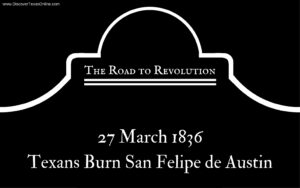 The poinsettia plant is native to southern Mexico where the equatorial light provides the perfect conditions for the brilliant red color that makes it a Christmas favorite.
The poinsettia plant is native to southern Mexico where the equatorial light provides the perfect conditions for the brilliant red color that makes it a Christmas favorite.
What we often think of as the poinsettia flower are actually bracts, or upper leaves, that require at least 5 consecutive 12-hour nights and bright sun-lit days to burst into vivid red, salmon, orange, white, cream, or speckled beauty. The true flowers of the poinsettia are the yellow beads at the center. Here’s a tip: when you select a poinsettia at the store, choose one with the yellow buds tightly closed. Once the center “blooms”, the bracts will fade quickly.
The poinsettia is named for Joel Roberts Poinsett, an amateur botanist, who brought the plant back to America in 1825. Poinsett died on Dec. 12, 1851, so it is perhaps fitting that he should be remembered with the “Christmas flower.”
This is how the poinsettia is linked to Texas, because Joel Poinsett was the first American diplomat to Mexico. He resigned a seat in the United States Congress when President John Quincy Adams appointed him to act as envoy. The United States was concerned that the newly independent Mexico was not stable. They also had a keen interest in acquiring Texas and offered to buy the land north of the Rio Grande on at least three occasions. Their second offer, in 1827 for $1 million, was refused.
Mexico was sensitive about Texas. They feared that the Anglo settlers they had allowed to colonize the north-eastern reaches of their territory were “Americanizing” the frontier. General Manuel Mier y Teránwas sent to investigate whether the Anglo colonies were honoring the conditions of colonization. His report was most discouraging to the Mexican government. He found that the colonists were not teaching Spanish in their schools. Most of the Anglos were not Catholic, and they had no desire to convert. In short, their colonies looked more like America than Mexico.
Ambassador Poinsett was authorized to increase the offer for Texas to $5 million, but this only intensified Mexico’s fears.
On April 6, 1830 Mexico passed the Immigration law of 1830 forbidding Anglo colonization. It was this law together with Santa Anna’s tyranny, high taxes, the dissolution of the 1824 Constitution, and the disarming of Mexican citizens that sowed seeds of rebellion resulting in Texas independence.



